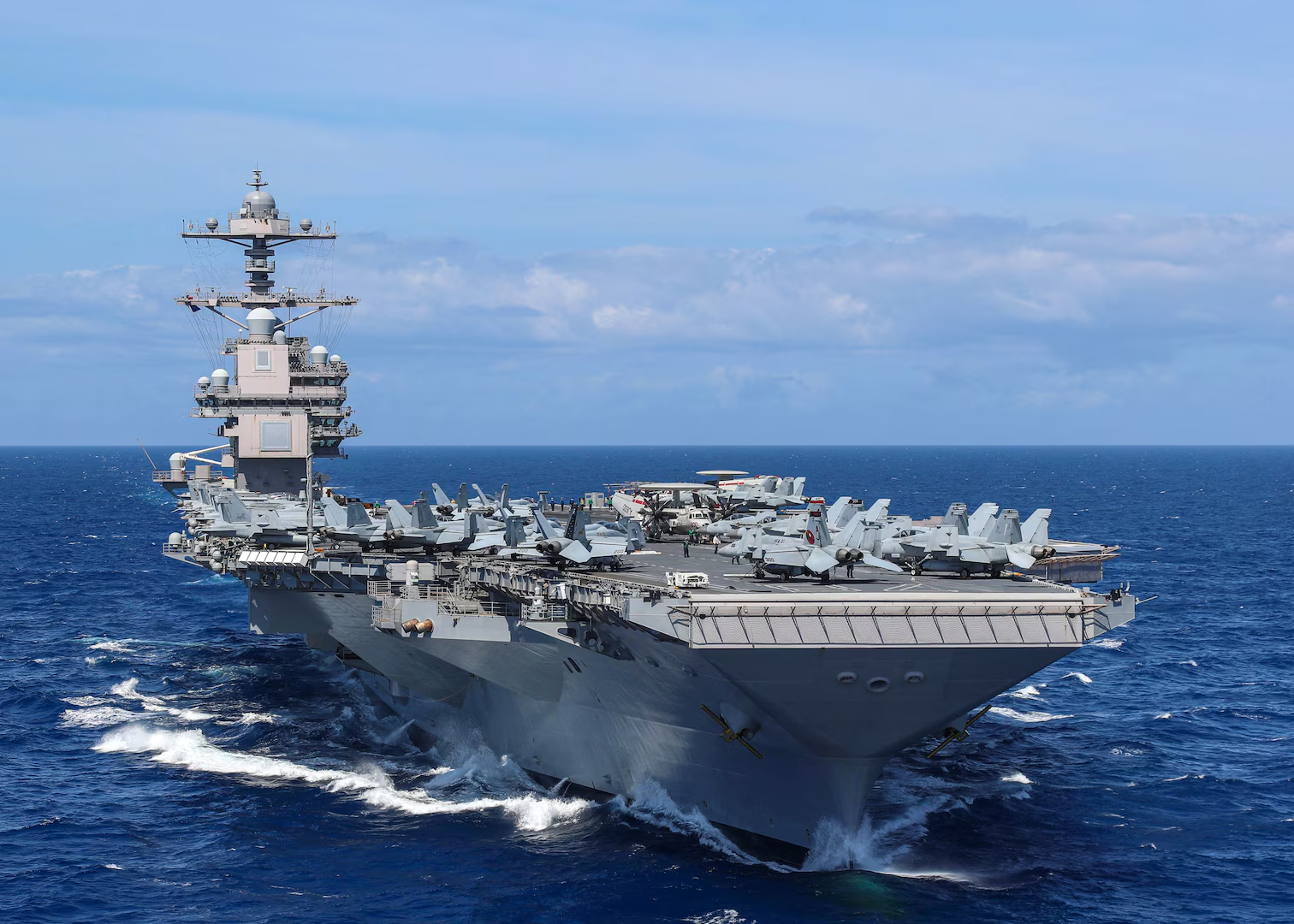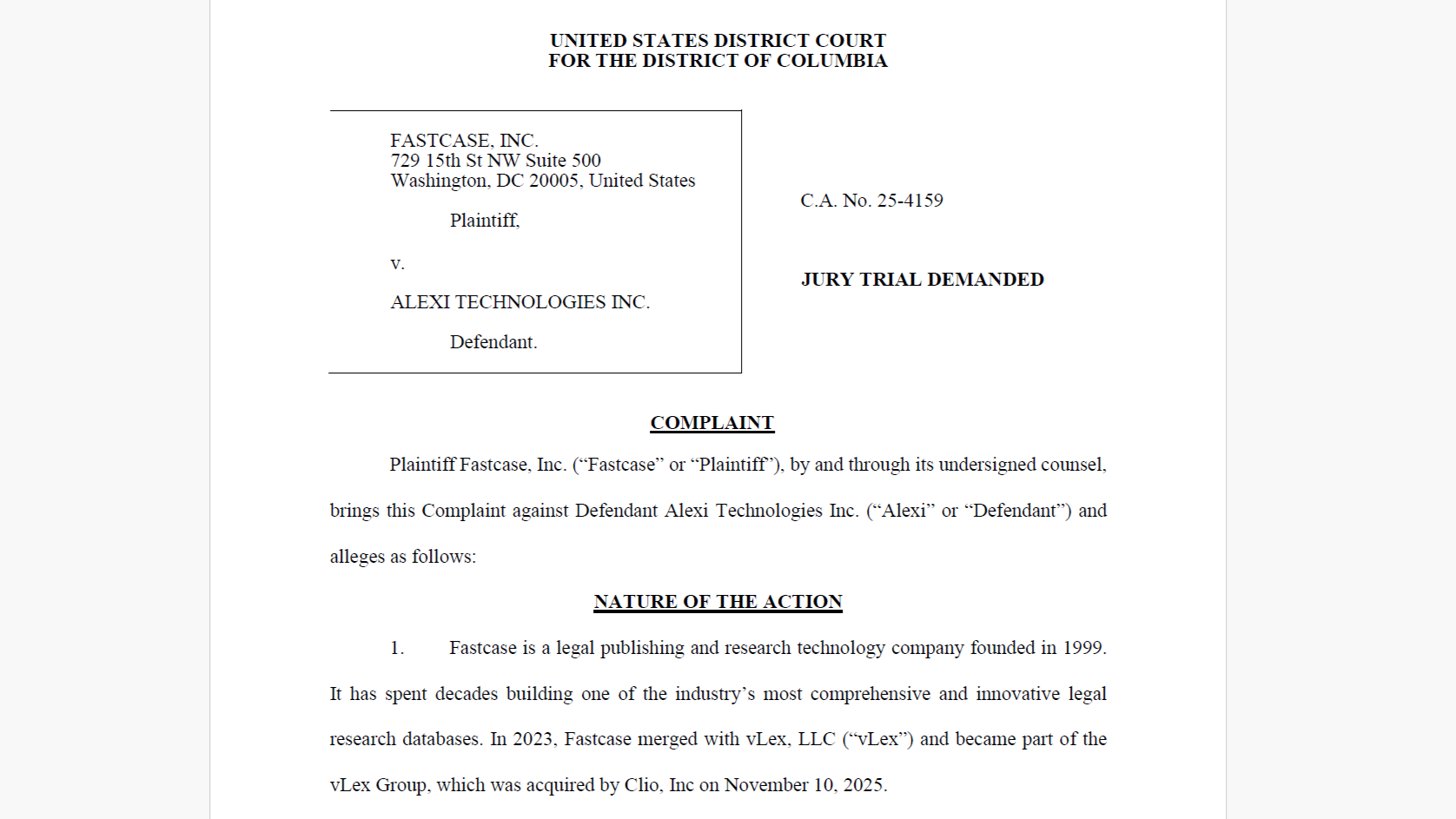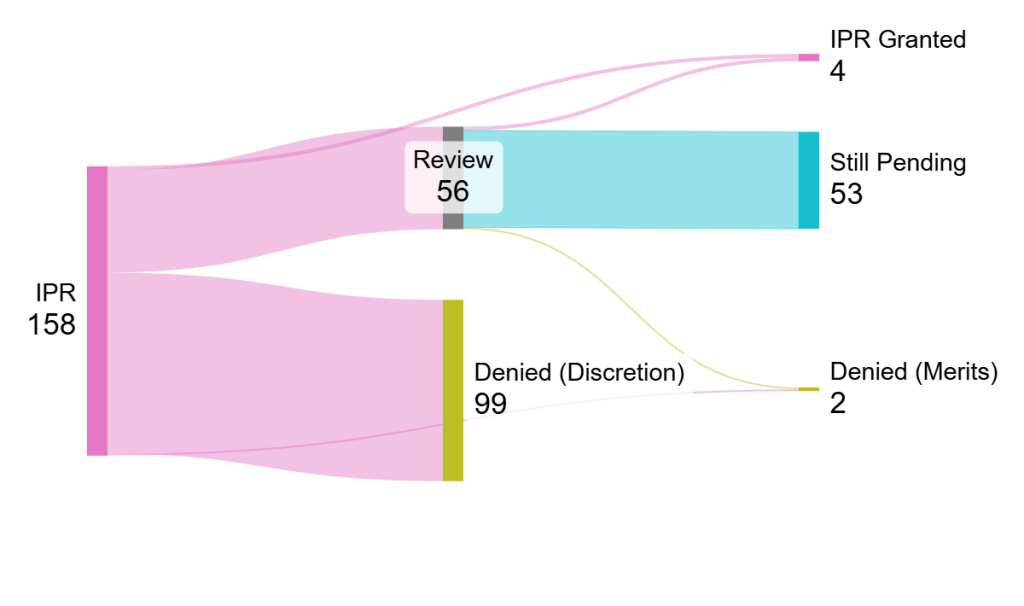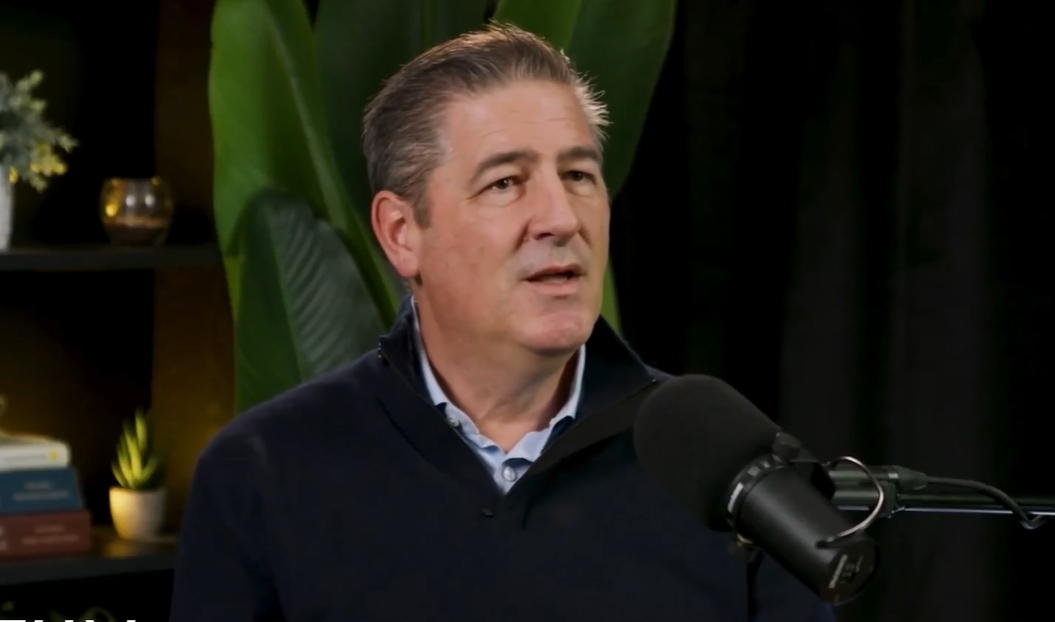$20 Billion War Machine Arrives in Caribbean—Trump Unleashes Naval Power Against Cartels
In a stunning display of military muscle, President Donald Trump has deployed the world’s largest and most expensive aircraft carrier, the USS Gerald R. Ford, to the Caribbean, marking a dramatic escalation in his administration’s newly declared “war on cartels.” The nearly $20 billion, 1,090-foot behemoth, which can carry over 75 warplanes, is now operating under U.S. Southern Command (USSOUTHCOM), significantly enhancing operations to counter narco-terrorism and disrupt the flow of deadly drugs, including fentanyl, into the United States.
This massive naval declaration signals a profound shift from law enforcement to open military confrontation in the hemisphere. The Ford leads a formidable strike group, including cruisers and destroyers, a concentration of naval power not seen in the region since the Cold War. This extraordinary move comes amid a series of increasingly lethal strikes against suspected drug vessels, bringing the total death toll of alleged smugglers to over 40 since September. The stakes are immense, fusing national security with a fierce domestic battle against the opioid crisis.
🚢 Trump Sends a $20 Billion Weapon South: The Ford’s Mission
The administration is not hiding the purpose of the USS Gerald R. Ford deployment. Chief Pentagon spokesman Sean Parnell confirmed the carrier’s mission is explicitly to “enhance and augment existing capabilities to disrupt narcotics trafficking and degrade and dismantle the cartels.” This $20 billion killing machine is a clear, unambiguous message: the maritime routes for drug smuggling are now considered a war zone.
The show of force involves not just the carrier, but also nuclear submarines, cutting-edge F-35 fighter jets, and MQ-9 Reaper drones, all converging on a theatre focused on transnational criminal organizations like the Venezuelan Tren de Aragua cartel, blamed for distributing massive amounts of fentanyl. This military strategy seeks to cut off the cartels’ lifeline on the sea, forcing them into a desperate corner.
🚨 ‘We Will Treat You Like Al-Qaeda’: The Shocking New Doctrine
The rhetoric from the White House has moved far beyond traditional counter-narcotics language, firmly framing the cartels as an existential threat. Secretary of War Pete Hegseth delivered one of the administration’s most aggressive threats yet, effectively declaring a new counter-terrorism standard for the hemisphere:
“If you are a narco-terrorist smuggling drugs in our hemisphere, we will treat you like we treat Al-Qaeda. Day or NIGHT, we will map your networks, track your people, hunt you down, and kill you.”
This declaration is already being enforced. The Pentagon has released striking footage of what it calls a “lethal kinetic strike” against a vessel linked to the Tren de Aragua, demonstrating a willingness to use overwhelming force. The administration’s determination to hunt down and eliminate these groups is central to its promise to secure the homeland from narco-terrorist threats that fuel the U.S. opioid epidemic.
Legal Context: The $20 Billion Question—Is a Drug Cartel a Terrorist Army?
The deployment of a $20 billion aircraft carrier group to fight drug cartels is backed by a quiet but radical legal change: President Donald Trump’s administration has officially declared an “armed conflict” with these criminal groups, essentially treating them like ISIS or Al-Qaeda.
For you, the consumer, this single legal move is the engine that shifts the fight from a regular policing action to a military kill-operation.
🔪 The Loophole That Strips Your Rights
When the President uses the words “armed conflict,” he is swapping the rules of a courtroom for the rules of war.
Before: A suspected drug smuggler would be arrested and guaranteed a court trial (known as due process).
Now: By designating cartel members as “unlawful combatants,” the U.S. military claims the right to target and kill them without warning, jury, or judge.
Legal experts warn that this is a dangerous erosion of the line between law enforcement and warfare. If the President can declare war on a criminal group, what stops him from doing the same to other domestic or foreign groups? This legal theory replaces justice with lethal force, setting a precedent for unchecked executive power.
💸 The Hidden Cost: Adding War Debt to Your Wallet
This new legal war is not free—and you are already paying for it. Historically, the U.S. funds undeclared, perpetual wars (like the War on Terror) by debt, not taxes. These “ghost budgets” have cost taxpayers over $5 trillion in the past two decades alone.
By classifying the cartel fight as a new “armed conflict,” the administration gains a loophole to fund the massive naval deployment—including the $20 billion carrier—as “emergency spending.” This bypasses normal budget oversight, guaranteeing that the true cost of this campaign will be added to the national debt, passed directly to your children and grandchildren.
The administration cites the 2001 Authorization for Use of Military Force (AUMF) and the Maritime Drug Law Enforcement Act, but many top legal experts vehemently disagree. “There is currently no explicit legal authority that the President has that directly approves military operations against drug cartels in Mexico or elsewhere,” stated Javed Ali, a former National Security Council official and professor at the University of Michigan, speaking to CNN.
Legal scholars, including those at the U.S. Naval War College, have warned that attacking drug smugglers in international waters does not meet the Article 51 threshold of an “armed attack” that justifies national self-defense under international law.
According to analysis reviewed by Lawyer Monthly, the legal consensus is skeptical: “Treating criminal organizations as enemy combatants could unravel the international consensus on when force is lawful.”
🇻🇪 Regional Fallout: Maduro’s Defiance and Covert Operations
The deployment has predictably inflamed regional tensions. Venezuelan President Nicolás Maduro, who has a $50 million U.S. bounty on his head, has condemned the operation as an act of naked aggression, calling Trump a “bloodthirsty fascist” intent on regime change.
Maduro’s televised response, vowing that the Venezuelan people are “ready for battle,” highlights the risk of a wider international incident. This friction is amplified by the presence of covert assets, including the MV Ocean Trader, a U.S. Special Forces “ghost ship” used for clandestine missions. The Pentagon confirmed the vessel’s presence but has refused to disclose its mission, further fueling concerns about transparency and the administration’s true intentions in Venezuela.
The sudden, high-profile resignation of Admiral Alvin Holsey as head of USSOUTHCOM only “deepens my concern,” according to Senator Jack Reed, suggesting deep internal disagreements over the legality and strategy of this high-risk operation.
The arrival of the USS Gerald R. Ford dramatically raises the stakes, transforming the battle against narco-trafficking into a volatile new chapter of military engagement in the Western Hemisphere.
You can watch a deep dive into the legal and geopolitical questions surrounding the strikes here: Why Trump is blowing up boats off Venezuela. This video provides further background and analysis on the rationale behind the U.S. military strikes on vessels off Venezuela’s coast, which is the immediate context for the deployment of the USS Gerald R. Ford.

